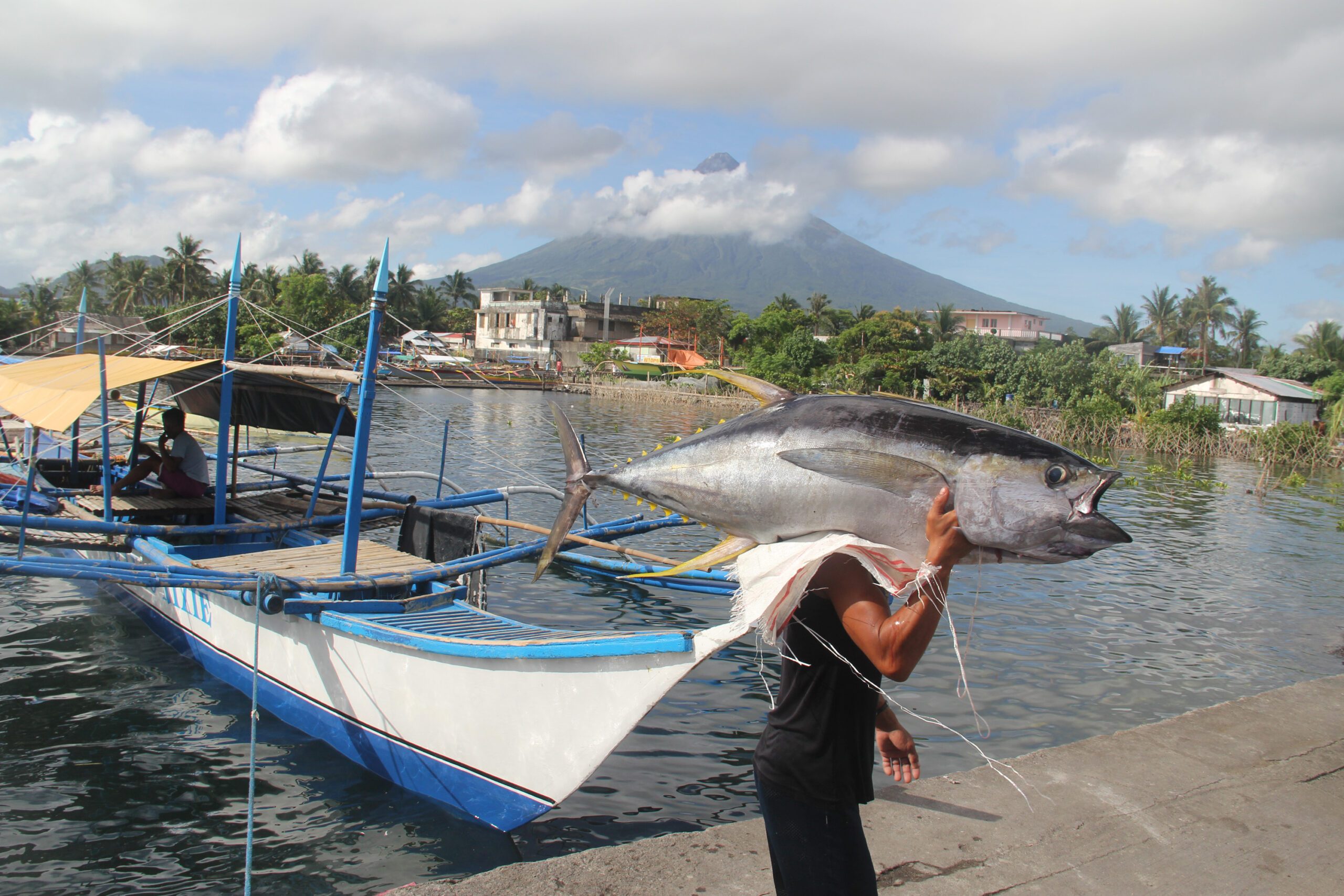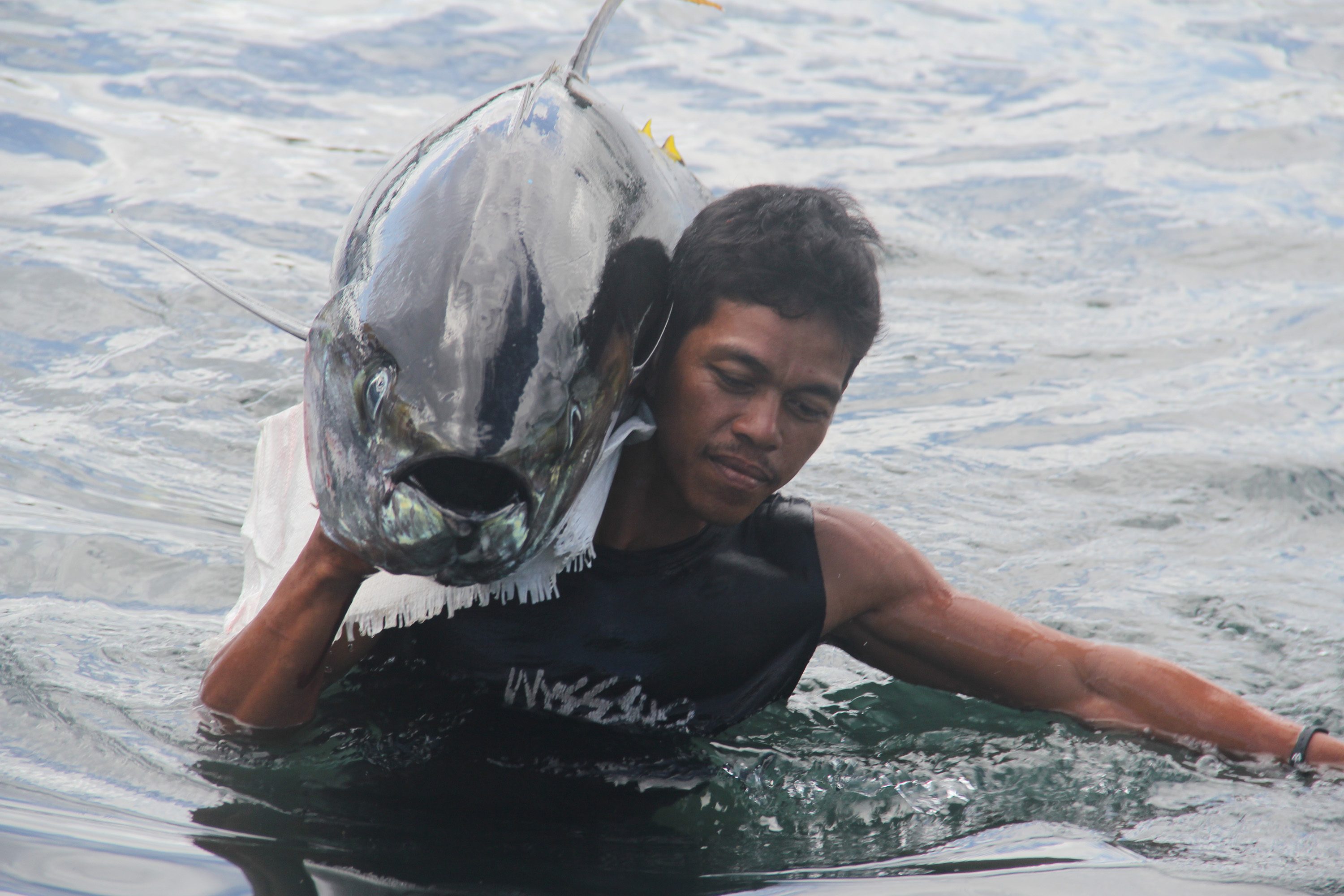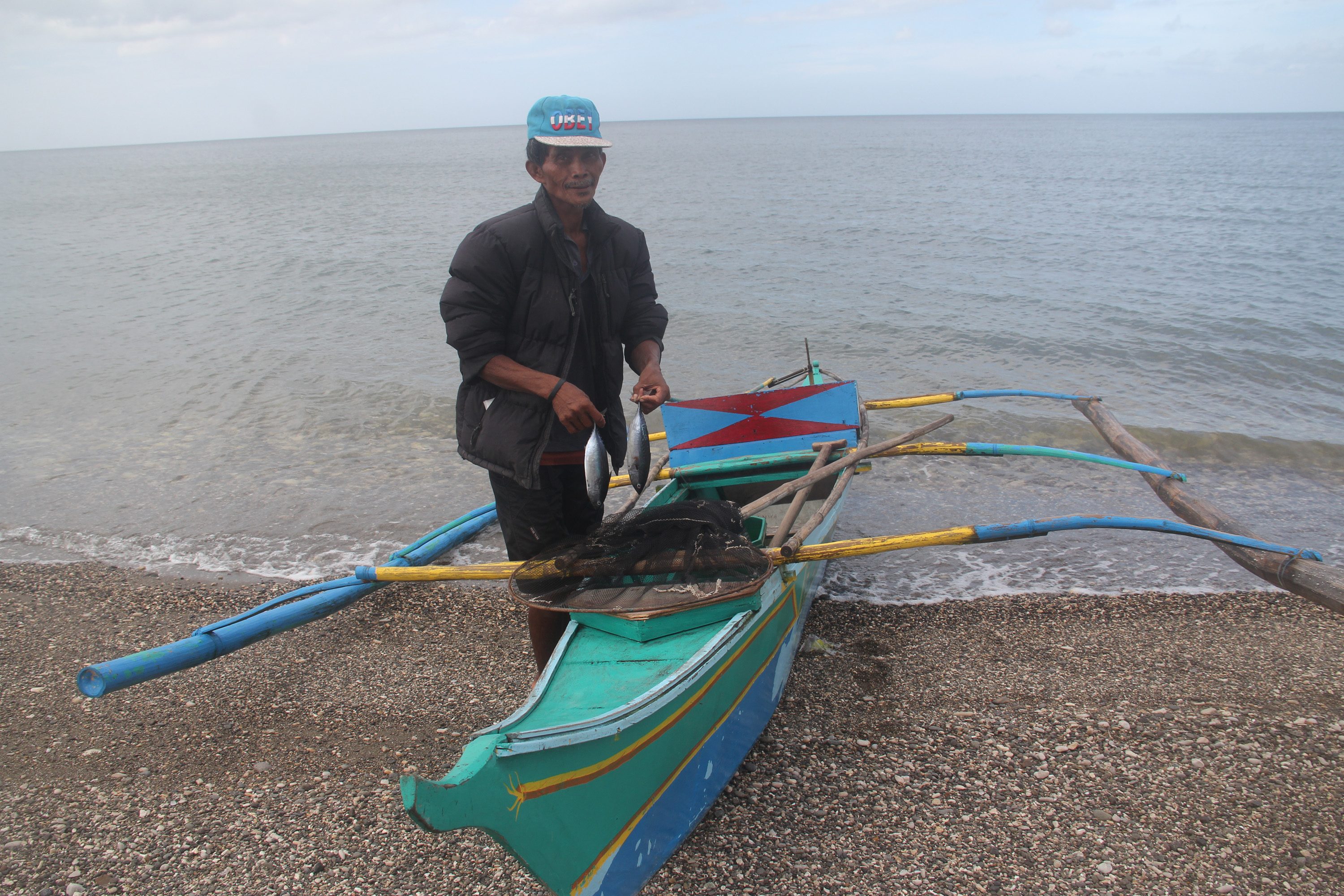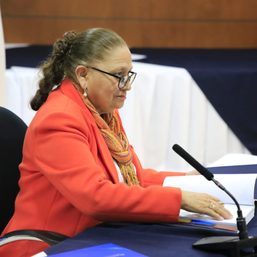SUMMARY
This is AI generated summarization, which may have errors. For context, always refer to the full article.

ALBAY, Philippines – Tuna fishermen in this province have revived old fishing practices over the last few years to save the seas amid the challenges posed by global warming on their sector.
Wilfredo Chavenia, chairman of the Fisheries and Aquatic Resource Management Council (MFARMC) in Tiwi town, said tuna fishers in Albay Gulf have been using the handline or hook and line gear for several years now to catch tuna in a sustainable way. This, he said, is part of their effort to revive the seas.
“We’re reviving the seas through a sustainable way of fishing by using handline, an indigenous way of catching tuna, for several years now within the Lagunoy Gulf. Our tuna fishers are doing this to avert the impact of warming oceans because of climate change,” Chavenia said.
Tiwi coastal waters are located in the eastern seaboard of Albay facing the Pacific Ocean.
Chavenia said the tuna found in the coastal waters of Lagonoy Gulf are “Albacore Thunnus” which may be caught using a fishing rod or pole and line, long-line fishing, trawling, and purse-seining.
Tuna fishers in this rich geothermal town are engaged in handline fishing, unlike in General Santos City, where fishermen catch tuna with high-gear fishing equipment and vessels in the open seas.
Tuna capital of Luzon
Tiwi, a first-class municipality in Albay, has a 17-kilometer coastline. There are 1,500 accredited tuna fishermen who operate 720 registered fishing boats in the town.
Leonila Coralde, town municipal agriculture officer, said that for the past 7 years, local fishermen have caught an average of 60 metric tons of tuna per year.
She said Tiwi is considered the “tuna capital” of Luzon, and that the sustainable fishing practices in the town may ensure the continued abundant supply of the premium product.

In key Bicol cities like Legaspi, fresh tuna sells from P200 to P250 per kilo. In Tiwi, prices range from P70 during the peak season, to P150 during lean months.
Tuna thrive in the so-called tuna belt of Lagonoy Gulf, which spans Albay, Catanduanes, and Camarines Sur provinces.
In Albay, Lagonoy Gulf covers the coastal towns of Tiwi, Malinao, Tabaco, Malilipot, Bacacay and Rapu-Rapu.
The local government unit of Tiwi has established the 4.4-square-kilometer Corangon fish sanctuary and marine reserve in an effort to sustain tuna fishing in the town and to address illegal fishing practices in the area, Coralde said.
Increased tuna catch
Coralde added, Tiwi officials have required the accreditation of all fishermen and the registration of their fishing boats to ensure strict compliance with regulations. This led to a big drop in the number of illegal fishing cases in the area, or from 200 cases in 2004, to just a “minimal” number this year.
The Tiwi government’s efforts, in partnership with tuna fishers, also contributed to the increased tuna catch – from just 14.5 metric tons in 2005 to 56.2 metric tons in 2010.
Coralde cited the continued increase in tuna harvest from 2010 to date owing to the fishermen’s return to the sustainable method of fishing.
Nonie Enolva, Bureau of Fisheries and Aquatic Resources regional spokesperson, also cited the tuna fishers’ contribution to sustain marine resources.
The Philippines is the world’s third-largest tuna producer. Almost half of its marine exports are yellowfin, skipjack, and frigate tuna, according to BFAR here.
In June 2014, the European Union issued the Philippines a yellow card for failing to curb illegal, unreported, and unregulated (IUU) fishing – a precursor to a total EU import ban on Philippine seafood products.
Acting decisively, the Philippine government, led by the BFAR, revamped the country’s fisheries laws, leading to EU’s lifting of the yeloow card in April 2015.
A different story
It’s a different story for small fisherfolk in Bula, Camarines Sur, where Isidro Banania, 68, went home to Barangay Itangon with just two pieces of tulingan (skipjack tuna) after 6 hours of work.

Isidro blamed the trawl fishers for continuously poaching in their waters every night, leaving marginalized fishermen like him with meager catches.
“I’ve been fishing for 6 hours but look what I’ve got. With two pieces of medium size tulingan fish, I could not even buy a kilo of rice to feed my family. It’s difficult for us to compete with the trawl fishers operating in our sea waters almost nightly,” Isidro lamented in the vernacular.
Barangay Itangon Councilor Ancheta Rapenian of Bula town said 60% of the 437 families, or 1,988 residents in the town, are fishermen who depend on the seas for their day-to-day subsistence. – Rappler.com
Add a comment
How does this make you feel?


![[WATCH] Try This: Empanada Salteña from Argentina](https://www.rappler.com/tachyon/2023/04/try-this-empanada-saltena-argentina.jpg?resize=257%2C257&crop=765px%2C0px%2C1037px%2C1037px)


There are no comments yet. Add your comment to start the conversation.